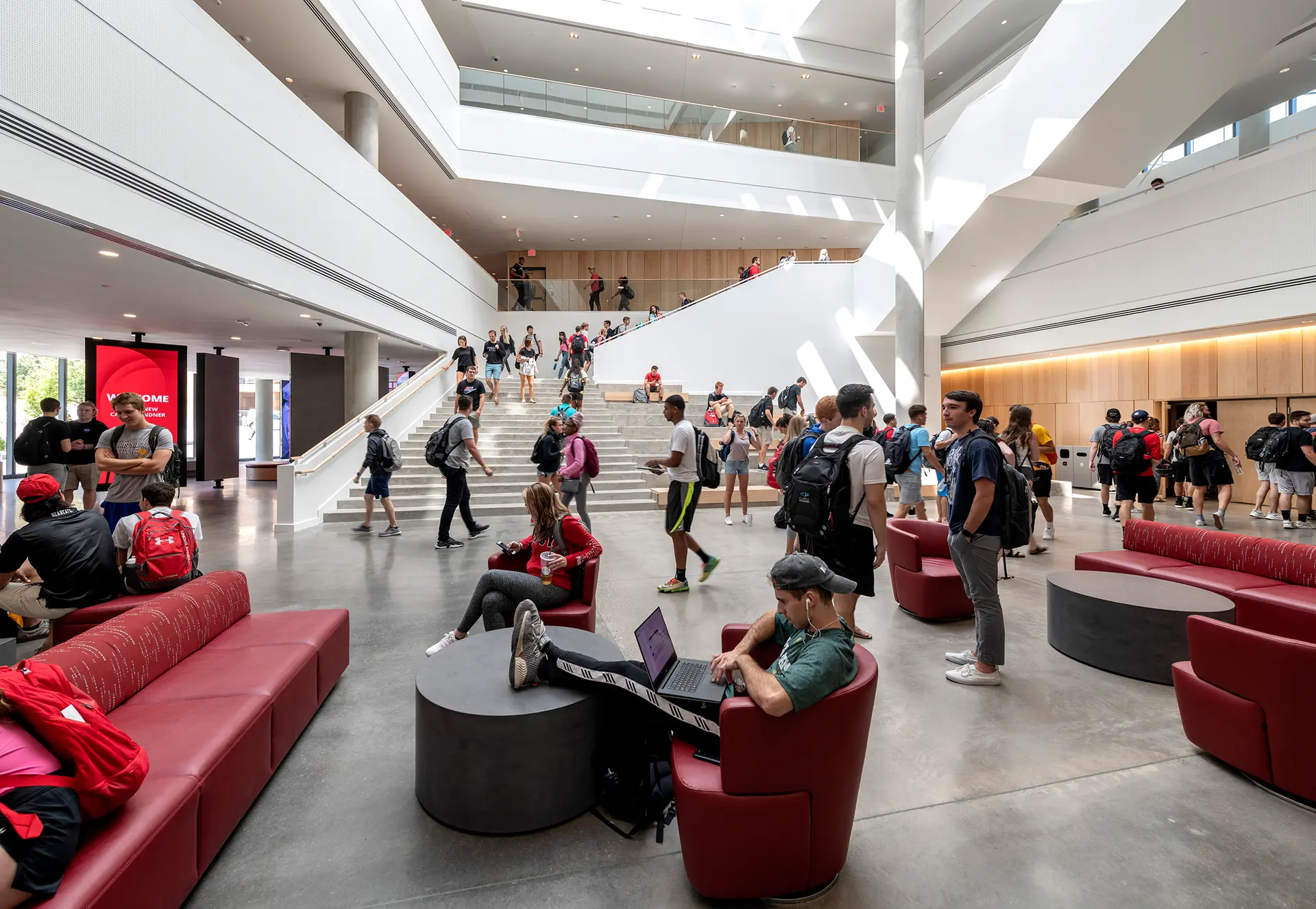Why we need to change the way we think about university campuses

As principles of urbanism emerge in universities, we need to change how we design for the campus of the future.
The university campus is not what it used to be.
Historically, universities have grown as separate entities, the cloistered domain of scholars. But past decades have seen the paths of the urban and campus environments converging – The university grows parallel to the city, increasingly connected in programming and physical structure. Especially in North America, universities are growing to resemble urban microcosms: Academics, housing, dining and shopping, entertainment, power plants, even police forces folded into the larger campus entity.
The rise of campus urbanism has close ties to economic factors. Universities are seen as increasingly relevant factors in the economic growth of their surroundings; engines to attract, shape and retain knowledgeable workers in the local economy. They are increasingly seen as opportunities for development, as agents of urban change – And in response, are sparking new conversations on the role of urbanist perspectives on campus.
As the university changes in form and function, we must reflect these shifts in the way that we design them.
One of the most critical adaptations in this new era of campus urbanism is to reflect the growing urban-university connection in physical infrastructure. Our Carl H. Lindner College of Business at the University of Cincinnati in Ohio provides a pertinent example – In designing the new building, it was no longer sufficient to create a purely academic space. It had to stand out as a gathering point, a thoroughfare for the greater campus, and to acknowledge its role in representing the university to the surrounding urban context. To design new campus infrastructure is not to design an independent object – It is a living frame, a space to be claimed – And part of a greater system.
As such, our design focused on inclusivity, to create spaces where the campus and urban community could come together. Externally, we wanted to create a distinct identity, something that announces the university to the city – and internally, to offer accessible pockets of shared space for collaboration and connection.
Creating social space within academic institutions, and opening this space to a wider urban context, reflects the growing urbanization of university campuses. It is acknowledging their function as urban microcosms – As cities need a variety of parks, squares and other claimable social spaces, so too do our campuses. When we design for healthier cities, we can use this knowledge to create wellness on smaller scales.



